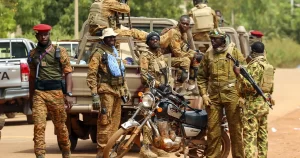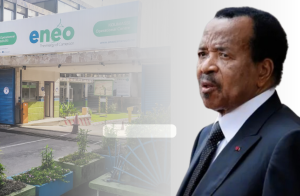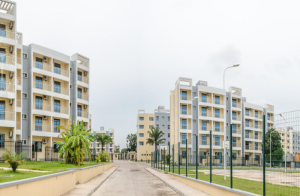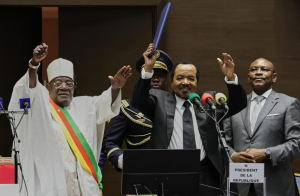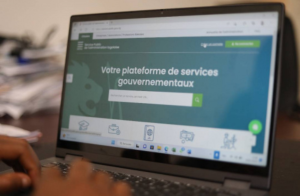Burkina Faso takes major step towards digital inclusion with “Zero White Zones” project
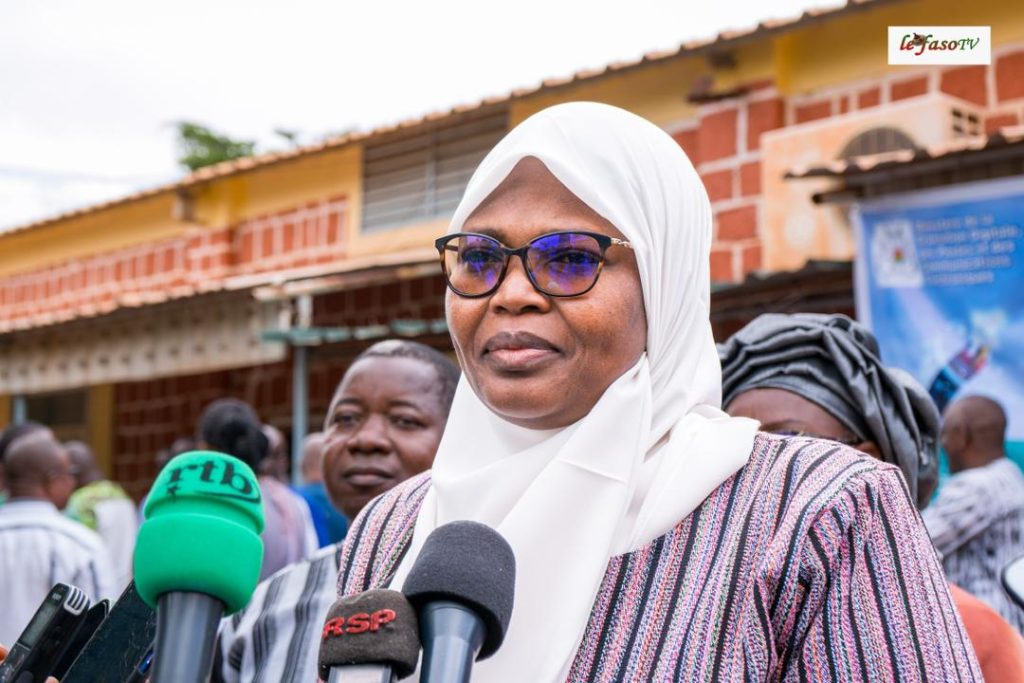
Burkina Faso has embarked on a new phase in its quest for digital inclusion. On Tuesday, September 30, 2025, in Ouahigouya, the Minister of Digital Transition, Posts, and Electronic Communications, Dr. Aminata Zerbo, officially launched a project to provide coverage for 750 “white zones” areas with no telecommunications services.
This initiative, part of the broader “Zero White Zones” program, aims to bridge the digital divide and improve telephone and internet coverage across the entire national territory.
The objective is clear: by 2026, provide the populations of 750 localities, currently devoid of any electronic communication services, with access to telephony, SMS, internet, and electronic money.
Related: Burkina Faso: Towards universal coverage, President Ibrahim Traoré’s efforts to ensure equal access to mobile phone and Internet services
“This is an inclusion effort that must leave no community behind, regardless of geographical or socio-economic constraints,” the Minister emphasized.
The launch workshop brought together governors, traditional and religious authorities, representatives from the regulatory authority (ARCEP), telecommunications operators, technical and financial partners, and ministry officials.
All were engaged to review the implementation plan and the critical role of local actors in facilitating deployment, particularly in acquiring land, obtaining permits, and raising community awareness.
Minister Zerbo highlighted three main obstacles hindering infrastructure expansion: insecurity in certain areas, administrative delays in land acquisition procedures, and resistance from some communities to the installation of equipment.
These challenges explain why nearly 2,000 administrative villages still lack any phone coverage, despite the presence of three operators (ONATEL, Orange Burkina Faso, and Telecel Faso). Since 2020, the state has subsidized the commissioning of 223 sites, but the needs remain significant.
To accelerate the process, the government will allocate a fund of approximately 37.5 billion CFA francs, while operators will be expected to cover the remainder of the investments.
The chosen mechanism relies on competitive bidding, with a strong emphasis on speed and efficiency. “We expect from you rigorous execution and exemplary speed in the deployment of the infrastructure,” the minister urged the operators.
Beyond the technological aspect, Aminata Zerbo sees this project as a genuine societal endeavor.
She explained that reducing the digital divide will strengthen community resilience, guarantee equal access to knowledge, support economic opportunities, and contribute to local development, even in the most remote areas.
The Governor of the Yatenga region, Thomas Yampa, welcomed the initiative and reaffirmed the commitment of local authorities to support the government in achieving its ultimate goal: a Burkina Faso with no white zones by the end of 2027.
Maurice K. ZONGO

